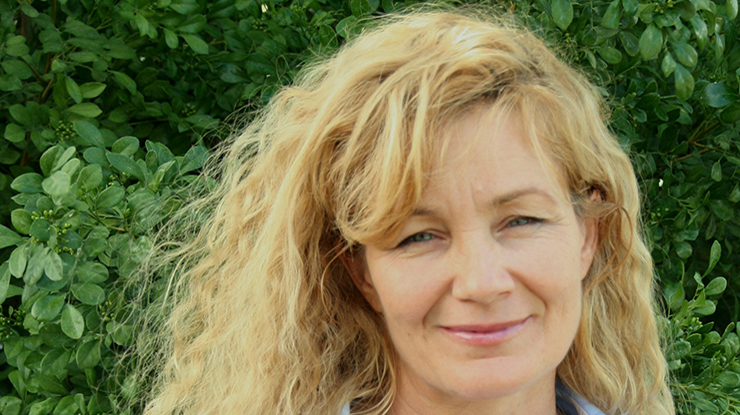Well timed nutrition key to reaching fertility targets
26 May 2023

Getting weaner and breeder nutrition right in northern Australia is vitally important – not only to maximise weaner growth and their capacity to meet market specs, but also to attain optimum reproductive outcomes for those heifers retained for the breeding herd. Joiner heifers and first-calf cows must receive adequate and appropriately timed nutrition or their reliability as breeders will be reduced, and post-partum anoestrous periods delayed.
Planning and executing a carefully timed weaning strategy is particularly relevant in the harsher climate of northern Australia, where diet quality and pasture yield typically become very limiting in meeting the significant nutritional needs of wet cows. Not weaning early enough can lead to depleted body condition, making it difficult for breeders to regain enough condition before their next calving.
Livestock advisor, Désirée Jackson (pictured), recently presented at MLA’s BeefUp forums in Broome and Kununurra on the topic.
Why wean?
Weaning is key to removing nutritional stress on wet cows and allows recovery of body condition either going into the dry season, or into their next calving. It also minimises the post-partum anoestrous period (the failure of regular cycling to recommence within a reasonable timeframe post-calving).
“In northern regions it's important to manage weaners so they're well transitioned, especially where weaning may be brought forward due to drought, failed wet seasons and/or feed availability.
“Weaners need to be carefully transitioned from a milk-based diet to a pasture-based diet without compromising their health,” Désirée said.
Further, they must be provided with adequate nutrients to ensure positive post-weaning growth rate, particularly for heifers that will be retained for the breeding herd.
Six steps to targeted nutritional management for weaners
|
Getting the most from heifers and first-calf cows
|
Key dietary considerations
Désirée emphasises that getting nutrition right is all about knowing what your starting nutrient base is coming from the pasture.
“To make sure your herd has access to sufficient pasture, undertake forage budgeting and account for the increase in pasture intake due to supplementation with nutrients such as urea and phosphorus.”
Analysing the quality of your herd’s diet will inform more accurate nutritional decision making and allow you to specifically target any deficiencies and balance up nutrients in the diet. F.NIRS technology can identify the digestibility, dietary crude protein, non-grass component and balance of nutrients available.
“Don’t forget the importance of phosphorus, with the biggest response to P supplementation on P-deficient country occurring over the wet season – a P deficiency will significantly impact growth rate, fertility, milk production and feed intake.
“It is important to capitalize on periods where cattle will respond best to P supplementation by ensuring they have access to adequate P and that they are consuming enough,” Désirée said.


